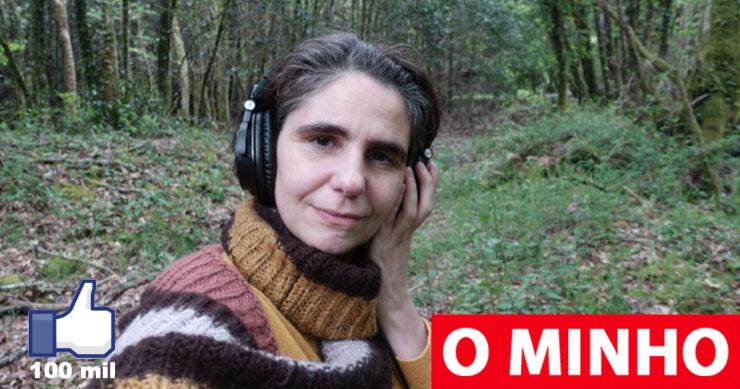Every year from 2023 to 2025, more than 700,000 new cases of skin cancer will be recorded in Brazil, according to estimates from the National Cancer Institute (Inca), released for the Orange campaign in December, which warns and raises awareness of the disease. In the next three years, according to the Incas, more than 2.1 million Brazilians will be diagnosed with skin cancer.
The most common type of cancer in the country is non-melanoma skin cancer with a rate of 31.3%. The tumor outnumbers breast cancer (10.5%) and prostate cancer (10.2%), and is more common in women and men, respectively. Prolonged and frequent exposure to the sun and family history are two important risk factors for the development of skin cancer, which is also the most common type in the world.
With the onset of summer, the sun and heat make the skin more vulnerable to the harmful effects of UV rays. In addition to preventative care, complete skin exams should be performed annually to prevent and even treat early precancerous lesions.
“It is important to discuss the prevention of skin cancer. The use of sunscreens with a filter higher than 30 and avoidance of exposure between 10 am and 4 pm are precautions that should be added to regular preventive examinations. A complete skin examination annually is essential,” Oncologist Fernando Medina, MD From the Campinas Oncology Centre.
The doctor mentions that people with fair skin, especially those over 40 years of age, and those with a family history of skin cancer need special care. There is also an important part made up of professionals who expose themselves more to the sun.
“Postmen, garbage collectors, street sweepers, street cleaners and farmers are professionals who, by virtue of their profession, face greater exposure to the sun. In these cases, there is a risk of contracting a so-called occupational disease, due to the tasks they perform “, he explains.
Launched by the National Cancer Institute and running throughout the month of December, the Orange December campaign is designed to raise awareness about this preventable and curable disease. “The skin is the largest organ in the human body, and skin cancer has the highest incidence in Brazil, a country with a hot climate and characteristics that lead to increased sun exposure,” Medina says.
Skin cancer care, notes the oncologist, must begin early. “It is important for children to avoid the sun in times of danger. Cell mutations happen over the years, and the more children are taken care of, the lower their chances of developing skin cancer.
species
There are two types of disease. Non-melanoma skin cancer is a malignant tumor with a low mortality rate that affects both sexes. The most common are basal cell carcinomas and squamous cell carcinomas.
Although the more serious type of melanoma, it occurs less frequently. Rarely more deadly than carcinomas, melanoma is the most aggressive type of skin cancer.
Both are curable if caught early. The less excessive exposure to the sun during a person’s life, the lower the chance of developing skin cancer.

“Writer. Analyst. Avid travel maven. Devoted twitter guru. Unapologetic pop culture expert. General zombie enthusiast.”

